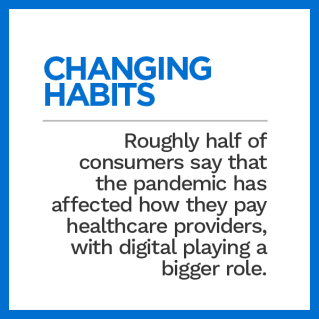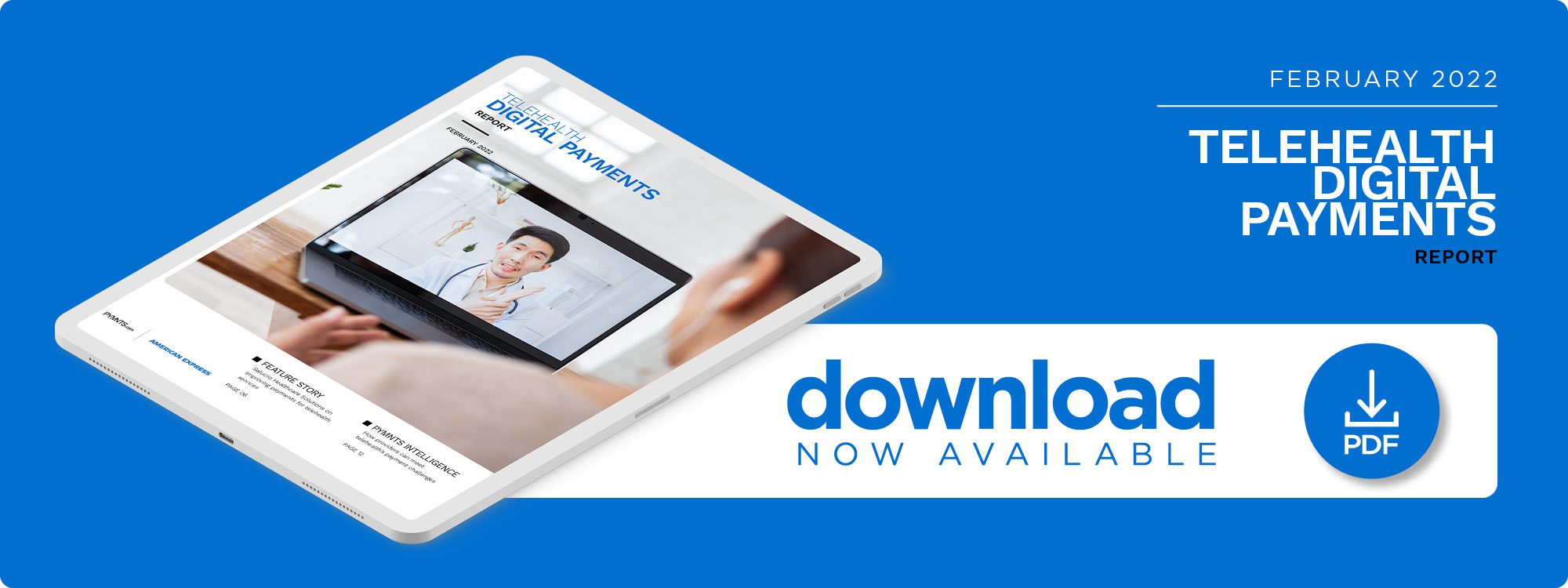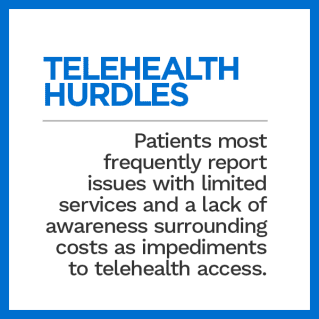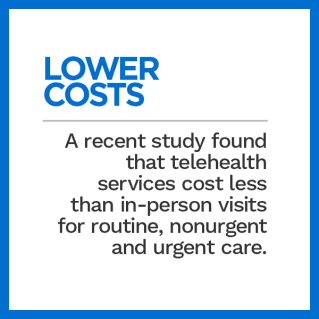Report: Telehealth Providers Race to Retool Patient Payments Experience

The ongoing pandemic has irrevocably changed the healthcare industry, with patients leveraging telehealth services in record numbers. Just 17% of patients leveraged telehealth services before the pandemic, while 47% reported using it for the first time since the pandemic began. Patients express several concerns about telehealth services, but one worry that towers above the rest is payments.
Digital payments can be complicated even at the best of times, but the healthcare industry introduces several new cans of worms, including the sheer cost of many services, as well as the interaction of insurance companies, Medicare and other assistance programs. A PYMNTS study found that 47% of patients with out-of-pocket costs do not know if their healthcare providers offer affordable payment options, for example, and 40.1% said they could not afford the care or treatment regardless.
The Telehealth Digital Payments Report®, explores the latest developments in the telehealth field, including why telehealth payments confuse and frustrate patients, the new complications the pandemic has introduced to the industry and how increasing payments choice and transparency can help patients afford telehealth procedures and improve the care process.
Developments Around the Telehealth Payments Space
The use of telehealth among both patients and doctors has boomed in the past two years amid the ongoing pandemic driven by the public health crisis and the need for social distancing. Its post-pandemic future is in doubt, however, with a recent study showing that more than 63% of respondents wanted no or very few doctor appointments via video. Twenty-three percent of reluctant respondents changed their minds when offered a lower cost for a remote visit versus an in-person one, however.
Patients may not prefer telehealth services unless the prices are lower, and fortunately, this does seem to be the case compared to in-person visits, according to a recent study. The average visit for a non-urgent health issue costs $93 less when conducted virtually, while a specialist costs $120 less and urgent care costs up to $141 less per visit. Telehealth visits also reduced the frequency of lab tests, which are often unnecessary, leading to an average of $118 in savings.
For more on these and other telehealth payments news items, download this month’s Report.
Salucro Healthcare Solutions on Improving Payments for Telehealth Services
Sixty-four percent of households reported using a telehealth service in 2021 due to the risk of COVID exposure, but payments for these services are not as easy or simple as customers expect, thanks in large part to the use of nonspecialized payment services.
In this month’s Feature Story, Rebecca Truscott, senior vice president of strategy and business development at patient payment and billing provider Salucro Healthcare Solutions, talked to PYMNTS about what patients are looking for when it comes to telehealth payments and how these demands can be met using dedicated healthcare payment platforms.
PYMNTS Intelligence: Meeting Telehealth Payment Challenges
The ongoing pandemic has rocked the healthcare industry to its core, with patients flocking to telehealth services in record numbers. Payments for these services can be incredibly complex, however, thanks to insurance, Medicare and many other factors.
In this month’s PYMNTS Intelligence, PYMNTS explores the wide-ranging payments challenges facing the telehealth field and how telehealth providers and other players in the industry can adjust their payments practices to adapt to the times.
About the Report
The Telehealth Digital Payments Report®, an American Express collaboration, offers coverage of the most recent news and trends in telehealth payments.



